When Magic Leap stepped onto the stage at the Future Investment Initiative in Riyadh, something in the AR landscape shifted. Not just another product reveal. A company saying out loud that the future of augmented reality is not about building everything in-house, it is about building together.
Magic Leap's recent prototype reveal is more than a hardware announcement. It signals a shift in how the AR industry thinks about collaboration and ecosystems. The company unveiled an Android XR smart glasses prototype, marking a strategic pivot from standalone device maker to full-fledged AR ecosystem partner.
What makes this evolution compelling is how it leans on Magic Leap's hard-earned expertise. After fifteen years of intensive research and development, the team has wrestled with some of AR's toughest problems in optics and manufacturing. That knowledge now helps partners like Google. Instead of fighting solo in a crowded market, they are positioning themselves as specialists who help others build better AR, faster.
The technical foundation that makes it all possible
Here is where the nuts and bolts matter. Magic Leap's move into an ecosystem role is not just branding, it is backed by technical muscle that tackles real manufacturing headaches.
The company has deep expertise in optics and waveguides, device prototyping, and design for manufacturing. AR glasses often look chunky and feel heavy for a reason. Balancing visual quality, weight, and manufacturability is hard. Getting stunning visuals is one thing. Making them work in a light, scalable form factor is another.
Their device services integrate display hardware so visuals stay stable, crisp, and clear. Not just good displays, but systems that keep quality intact as you move, tilt your head, or step into different lighting. That kind of stability requires tight hardware and software integration.
The big leap happens when you combine Magic Leap's waveguides and optics with Google's Raxium microLED light engine. The result is display tech built for all-day wearable use. Magic Leap brings precision optics, Google brings microLED and AI processing, together they tackle the physical and computational sides of AR.
Android XR: Google's ambitious platform play
To understand the prototype, look at the Android XR ecosystem it supports. This is not Google dabbling. It is a platform push that could change how mixed reality gets built.
Android XR is Google's latest software platform, developed with Samsung to bring AI and apps to smart glasses, AR glasses, and mixed-reality headsets. It also marks Google's return to the mixed-reality space after Google Glass moved to enterprise and projects like Cardboard and Daydream wound down.
What is different this time? Google is not going it alone, and it is not reinventing computing from scratch. The platform is an Android spinoff built for wearables, similar to how Wear OS was co-developed with Samsung. AR and VR devices have unique constraints. They need efficient processing in small, glasses-style form factors, with tight power, thermal, and spatial computing budgets.
The potential ace is the ecosystem. Android XR software will underpin XR headsets and glasses, with access to Play Store apps that you will not find on some other platforms, mainly Meta's Horizon OS on Quest. Familiar apps reduce friction for users and developers, which can speed adoption.
Under the hood, Google Gemini is "at the core" of Android XR. AI is not a bolt-on here. It enables things like real-time translation, contextual overlays, and smarter recommendations based on what you are looking at.
What the prototype reveals about the future of AR
The FII demo points to where AR is headed, not just what looks good in a sizzle reel. Magic Leap and Google showed a reference design that other manufacturers can follow, practical and buildable.
Their collaboration produced an AI glasses prototype that serves as a reference design for Android XR. It is a template that shows what is possible when Magic Leap's optics meet Google's software and Gemini. Why start from zero when you can start from something that already works?
The demo highlighted how Magic Leap's tech, integrated with Google's Raxium microLED microdisplay technology, blends digital content into the world. The goal is simple to say and hard to do: make digital overlays feel like they belong in your space, not hovering awkwardly in front of you.
Just as important, the on-stage prototypes showed comfortable, stylish smart eyewear is possible. That sounds small, but it is a big deal for mainstream use. Bulky, conspicuous headsets keep people away. Glasses you would actually wear daily, that is the unlock.
The broader ecosystem taking shape
Magic Leap's prototype is not a one-off. It is the headline example in a growing Android XR ecosystem that is pulling in partners across use cases.
Google has designed Android XR for modular adoption, with developer support and extensive customization. Different jobs need different gear. A surgeon needs different brightness and compute than someone using AR for maps or movies. Modularity lets each case get the right mix.
Compatibility sweetens the deal. The system works with existing Android devices and apps. Users keep the apps they know. Developers bring their Android skills and code, not a blank slate.
Beyond Magic Leap, Google is lining up hardware partners. Google signed an agreement to acquire parts of HTC VIVE's XR engineering team and paid roughly $250 million, with HTC retaining certain IP — an arrangement intended to accelerate Android XR development, aimed at professional workloads. They are also working with fashion brands like Warby Parker and Gentle Monster for consumer designs that put style and daily wearability first.
The technical base supports this mix through open standards. Android XR's compatibility with OpenXR and WebXR lets developers build for multiple devices and platforms. Standards reduce fragmentation and make experimentation less risky.
Where does this leave the AR industry?
Magic Leap's prototype is more than a reveal. It marks a turn toward a collaborative, specialized model that can finally deliver on AR's long promise.
The company's evolution hints at broader maturity. Magic Leap's shift from pioneering AR to becoming an ecosystem partner is the next phase of its vision. Instead of owning every layer, they are doubling down on what they do best, the tough problems in optics, displays, and manufacturing precision, while partners like Google handle software platforms, AI, and ecosystem scale.
This specialization tracks with the complexity of the field. Magic Leap is working with more partners to transform ambitious concepts into AR glasses. Think of the smartphone world, where processors, displays, cameras, and software each have experts. Together, the stack gets better than any single company could manage alone.
Android XR's focus on open standards and collaboration strengthens that trend. With support for OpenXR and WebXR, the ecosystem can plug into existing tech while inviting multiple hardware partners to innovate. That cuts the risk of lock-in and makes it easier to test AR without betting the farm.
Most encouraging, this approach tackles the blockers that have stalled AR. Instead of fractured app libraries and one-off devices, we get a platform that spans lightweight glasses and powerful headsets. Instead of everyone burning capital to solve everything, we get specialization and smart partnership.
So yes, this prototype is a preview of Magic Leap's next chapter. It is also a peek at an AR future where expert optics, open platforms, and strategic alliances come together to deliver practical, wearable tech that enhances daily life. After years of big promises and clunky reality, it finally feels within reach.




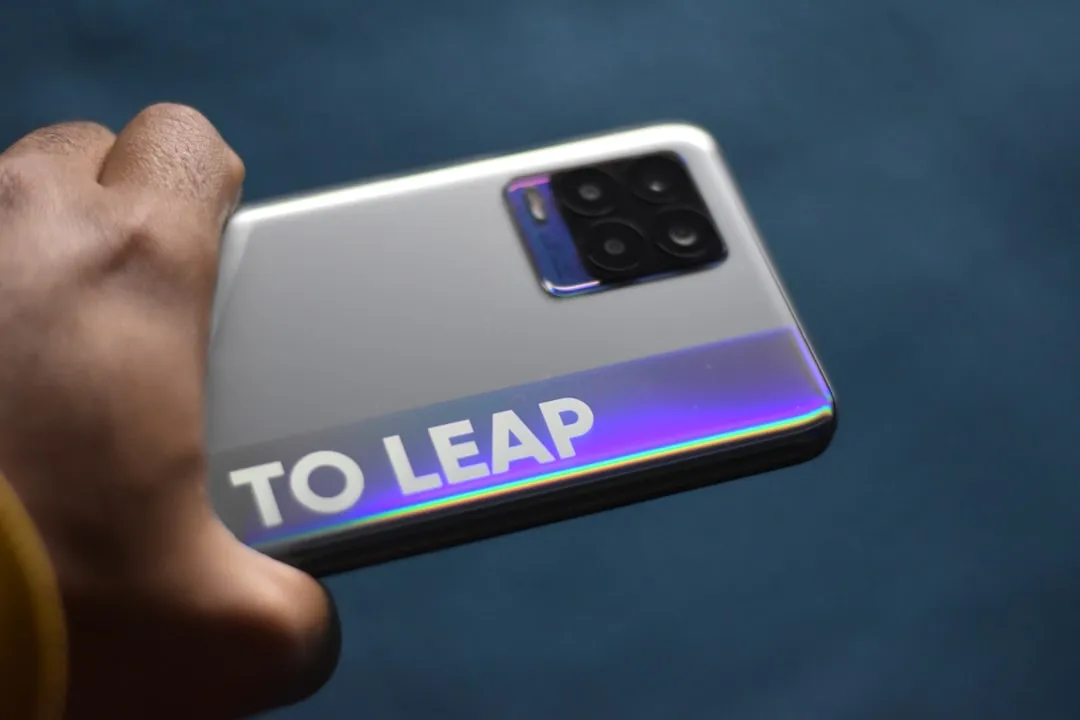
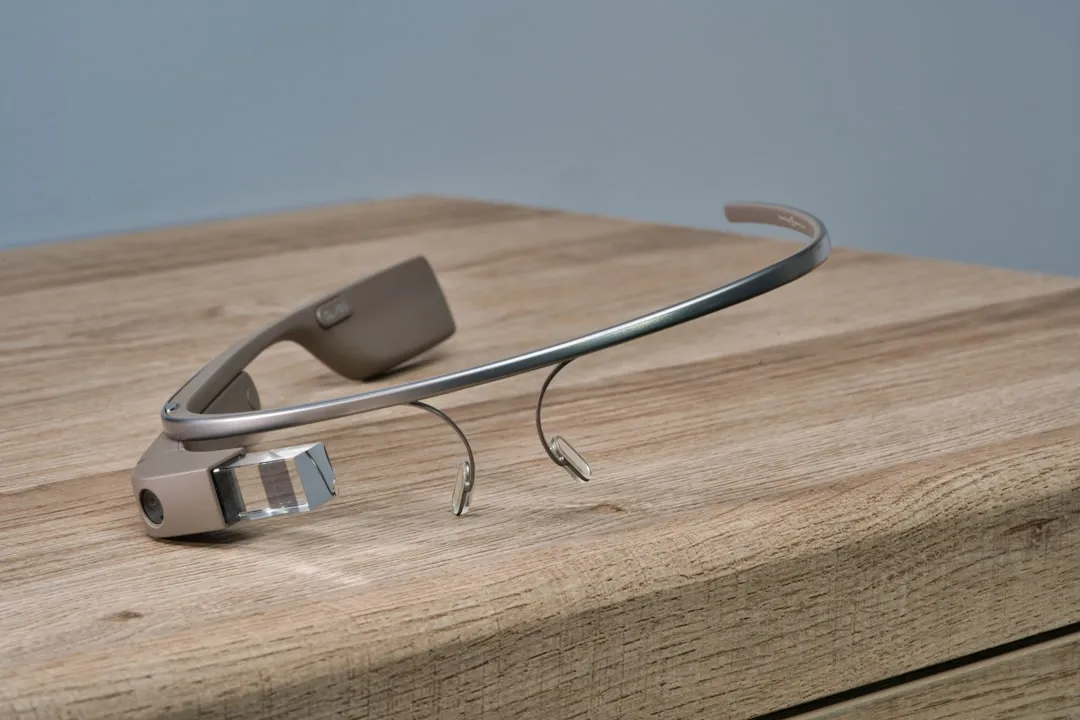




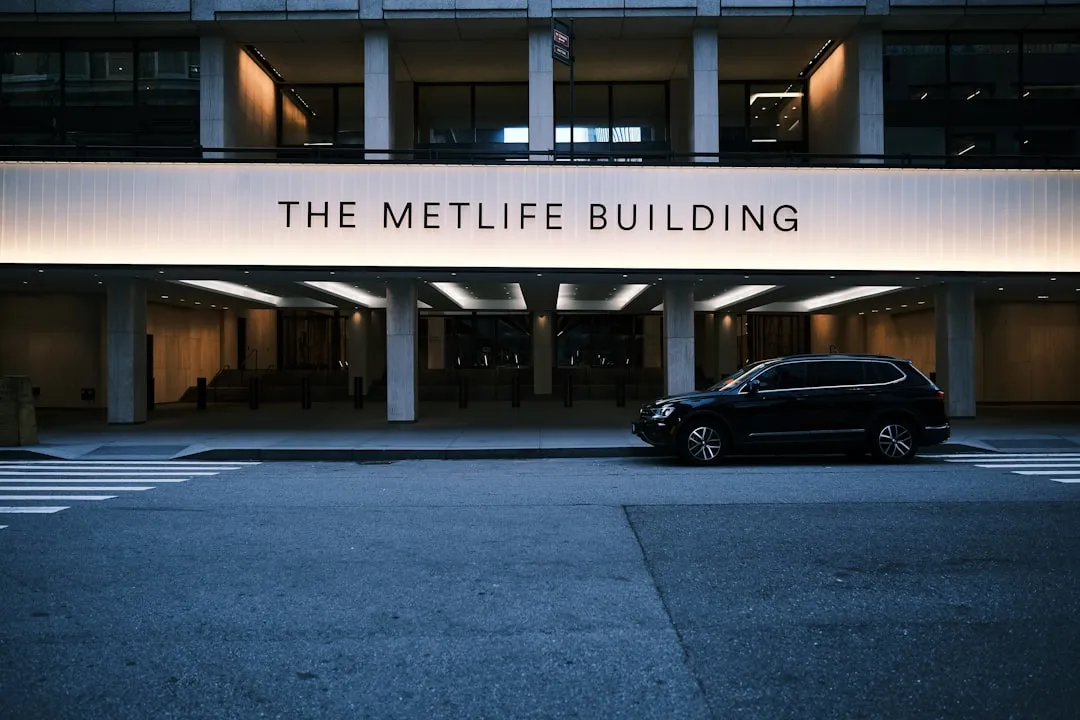




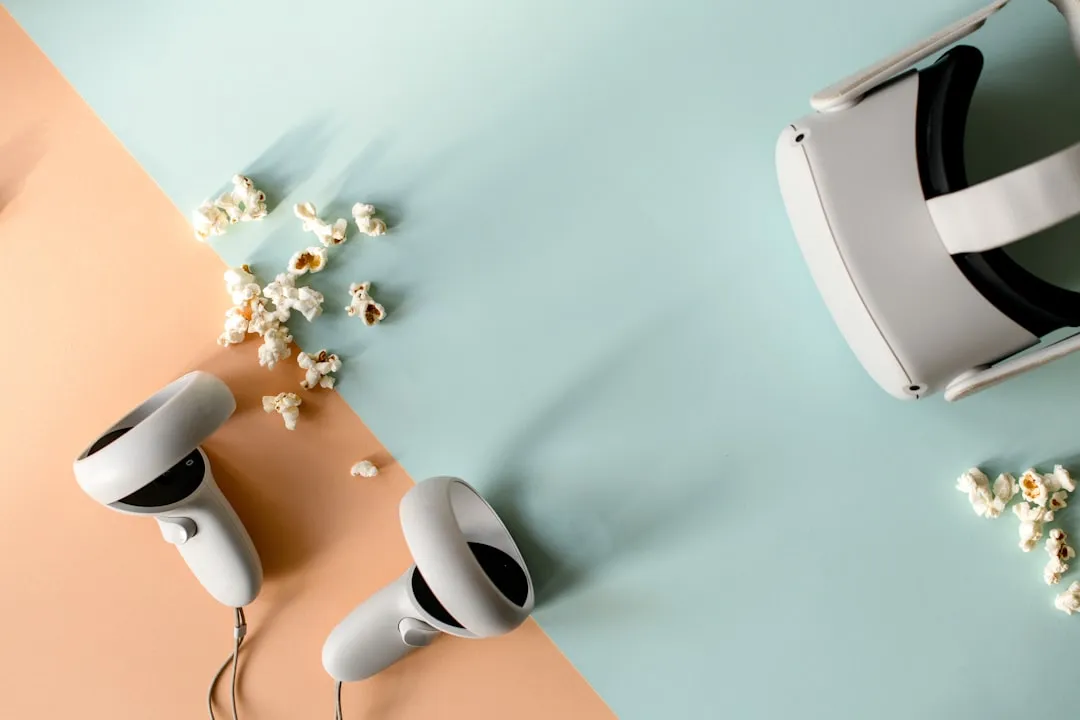

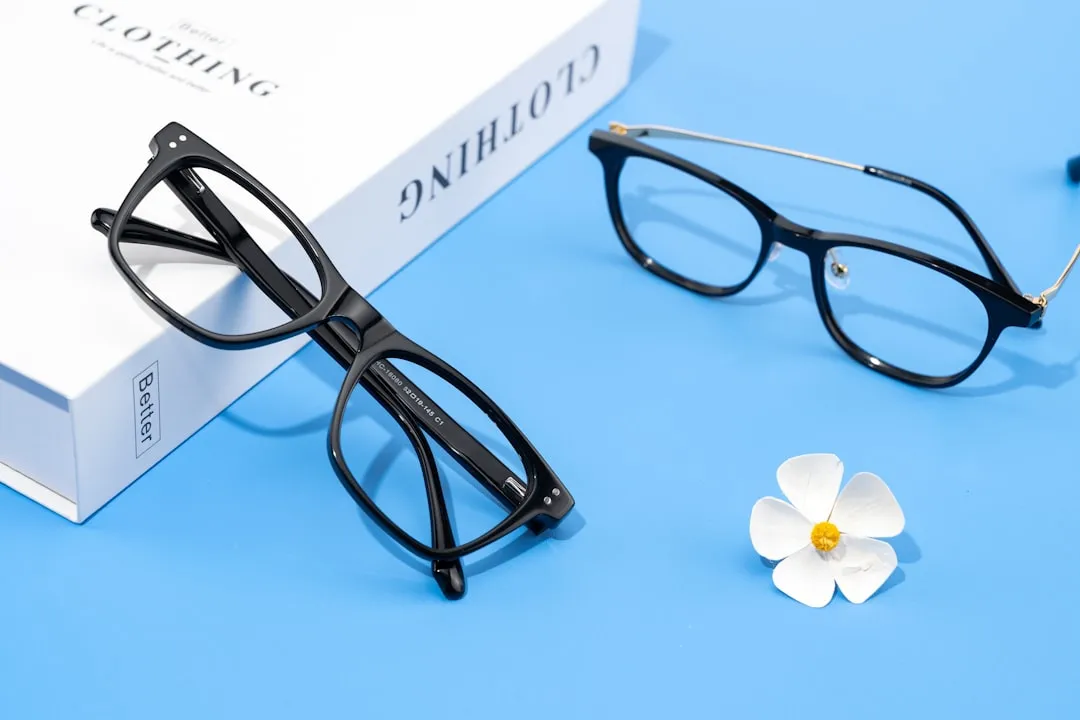
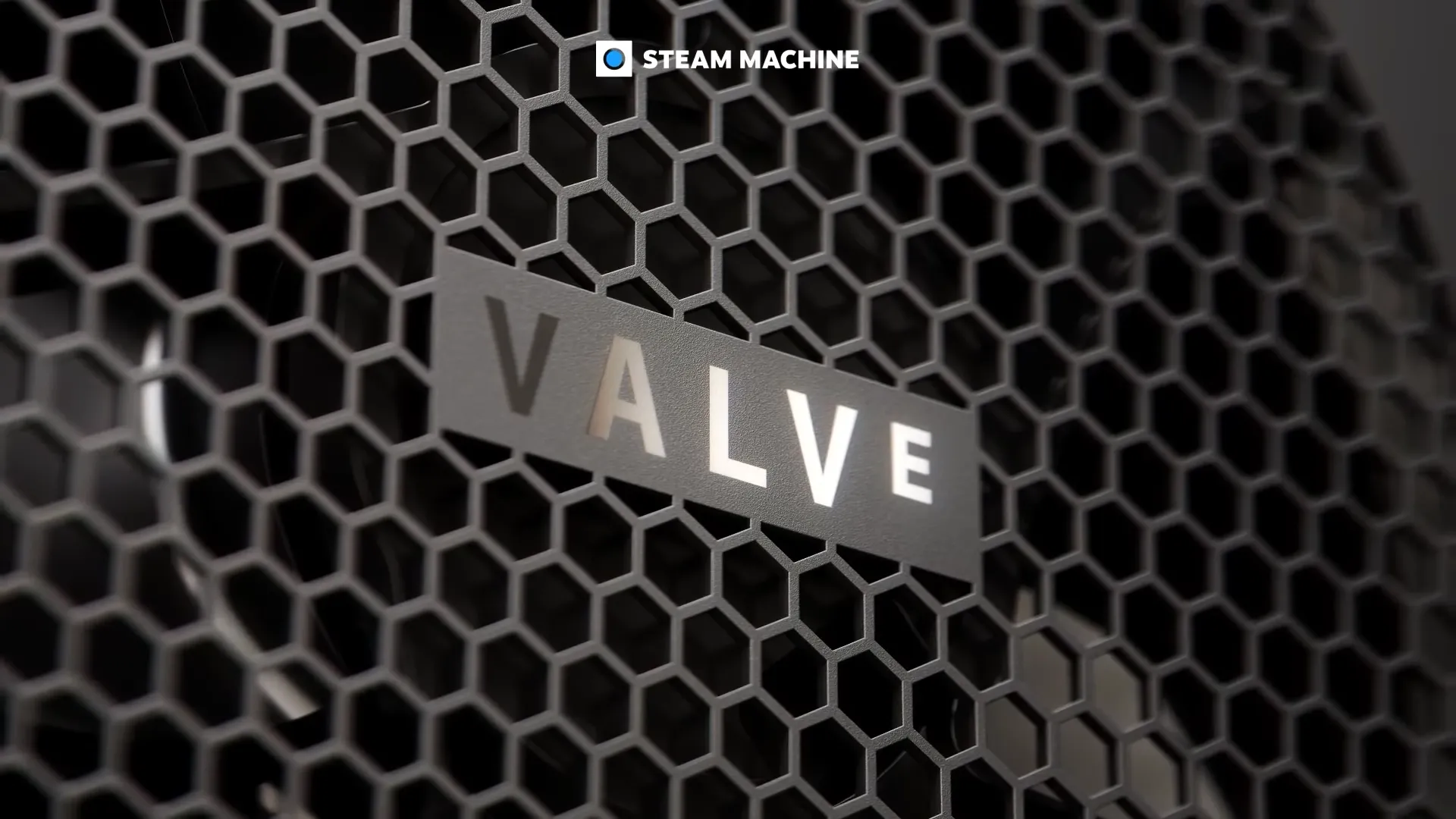
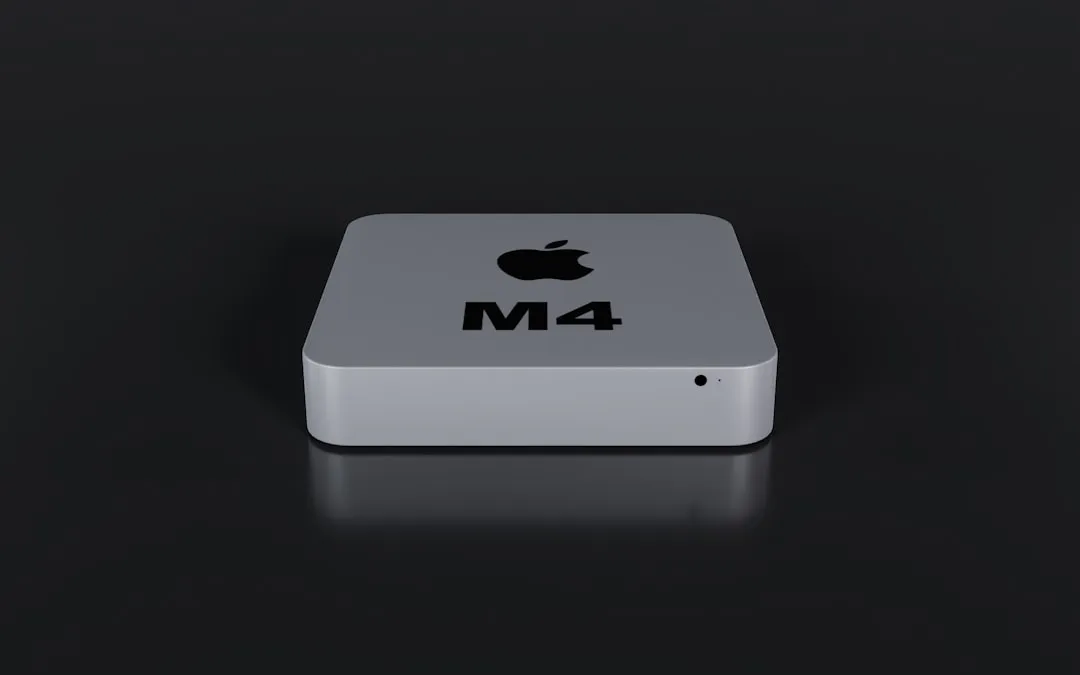
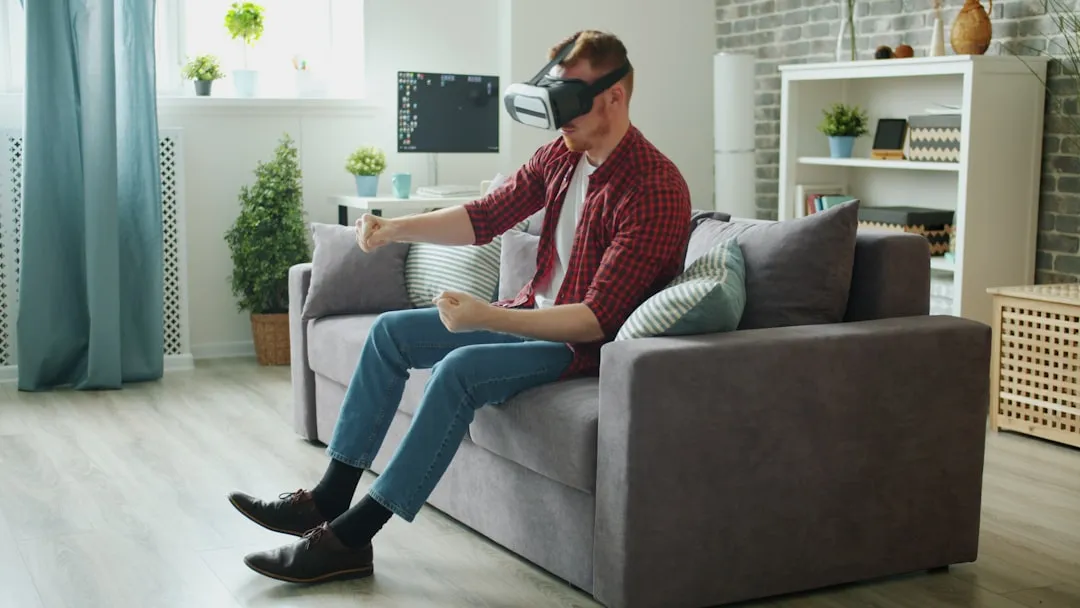
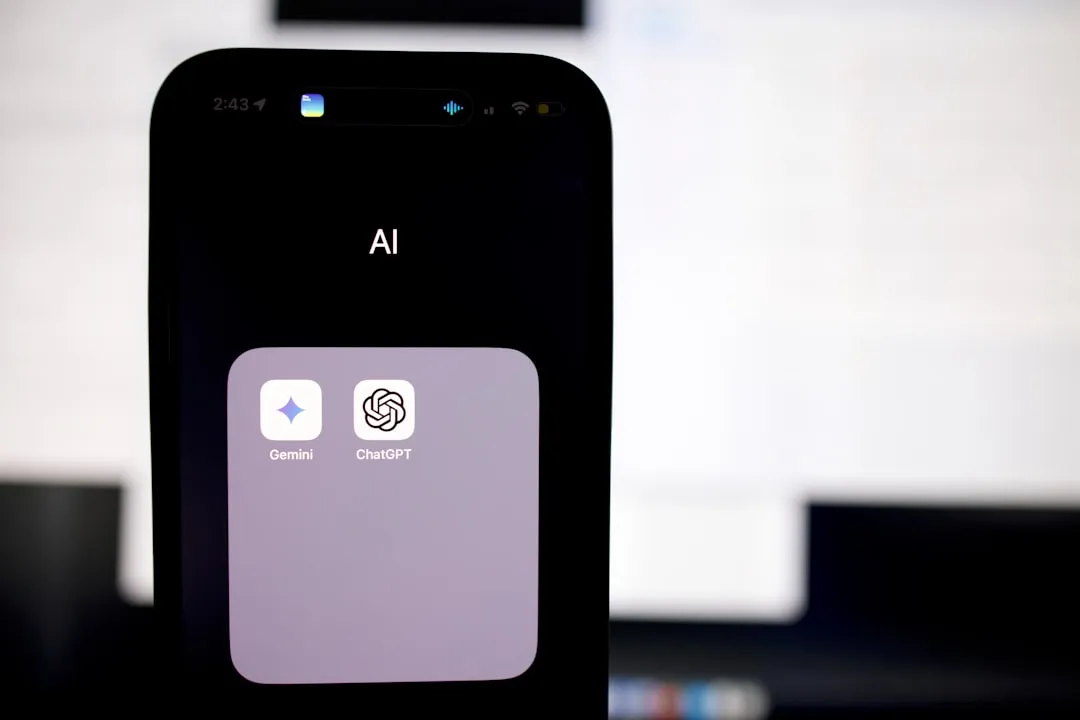
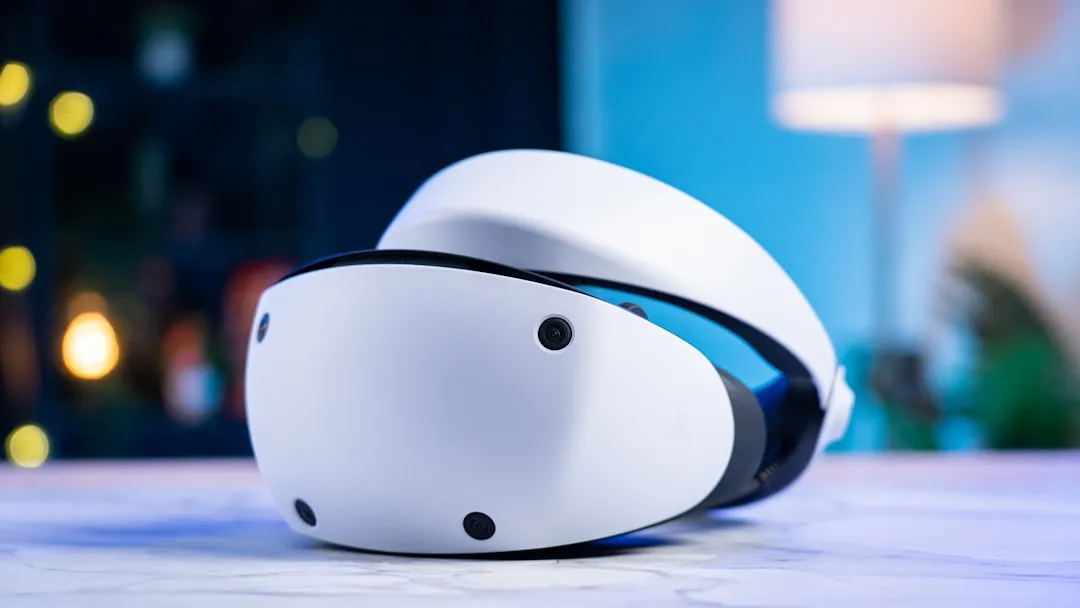

Comments
Be the first, drop a comment!